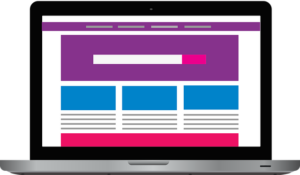The latest web design trends prominently feature minimalism, emphasizing "less is more" to create clean, simple, and user-friendly interfaces. This approach prioritizes content, functionality, and aesthetics by employing strategies like:
Clean layouts
Limited color palettes (monochromatic & neutral)
Concise typography using sans-serif fonts for readability
Effective use of negative space
Strategic white space to reduce visual clutter
Intuitive navigation guiding users naturally through content
Microinteractions for subtle animations enhancing user experience
Responsive design ensuring optimal viewing across devices
* Inclusive design principles for accessibility
These trends collectively aim to provide enhanced usability, faster load times, better SEO, and engaging digital experiences.
In the realm of modern web design, minimalism stands as a powerful trend that continues to evolve. This approach emphasizes simplicity, clean lines, and uncluttered spaces, making sites not just visually appealing but also incredibly user-friendly. From unpacking the core principles to exploring the impact on engagement, this article delves into the latest web design trends of minimalist aesthetics. We’ll uncover how whitespace, typefaces, color palettes, visual hierarchy, microinteractions, responsive design, and accessibility considerations contribute to creating elegant and effective digital experiences.
Unpacking Minimalism: The Core Principles of Modern Web Design
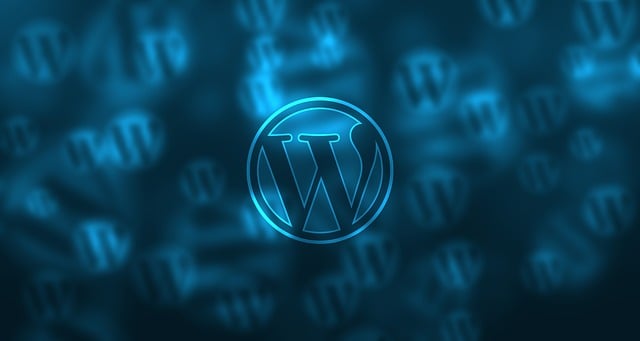
Minimalism has become a dominant force in modern web design, reflecting a conscious shift towards simplicity and clarity in the digital realm. At its core, minimalist web design emphasizes less is more—a philosophy that strips away extraneous elements to focus on content, functionality, and aesthetics. This approach prioritizes user experience by reducing cognitive load, making websites intuitive and easy to navigate.
The core principles of minimalism in web design include clean layouts, limited color palettes, and concise typography. Clean lines and negative space become powerful tools for creating visually appealing designs that draw attention to key elements. By adopting these latest web design trends, developers and designers are not only delivering aesthetically pleasing interfaces but also enhancing usability and improving overall user engagement.
Clean Slates: How White Space Elevates User Experience
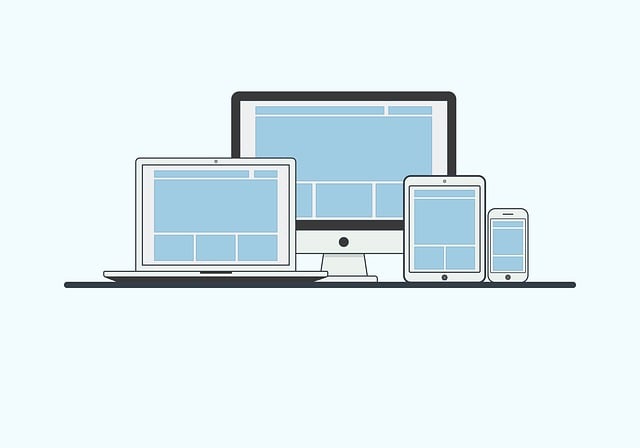
In the realm of minimalist web design, one of the most impactful trends is the emphasis on clean slates and white space. This latest web design trend goes beyond mere aesthetics; it prioritizes user experience by creating a visually calming and intuitive environment. White space, or negative space, serves as an artful counterpoint to vibrant content, allowing designers to showcase key elements without clutter. By strategically placing text, images, and buttons, minimalist designs direct the user’s focus, making navigation seamless and enhancing overall usability.
This approach not only elevates the visual appeal but also improves load times and search engine optimization (SEO). A sleek, uncluttered layout allows for faster page rendering, ensuring users receive a polished experience without delays. Moreover, clean slates facilitate better content hierarchy, enabling search engines to understand and index information more efficiently, thereby boosting SEO rankings in the latest web design trends.
Typeface Simplicity: Choosing the Right Fonts for Minimalist Aesthetics

In the realm of minimalist web design, typeface simplicity plays a crucial role in achieving an elegant and uncluttered aesthetic. The latest web design trends emphasize choosing fonts that complement the clean lines and sparse layouts characteristic of minimalism. Opting for sans-serif fonts is often a preferred choice, as these types offer a modern, streamlined appearance. Popular options include Arial, Helvetica, and Roboto, which provide a high level of readability without distracting visual elements.
When selecting typefaces, it’s essential to consider the balance between simplicity and distinctiveness. While keeping the design unadorned, the chosen fonts should still convey a sense of sophistication. Pairing a primary font with one or two secondary options for headings or accents can create visual interest without compromising minimalism. This strategic approach ensures that the text remains the focal point, enhancing the overall user experience in line with current web design trends.
Color Palettes in Minimalist Designs: Embracing Monochromatic and Neutral Themes
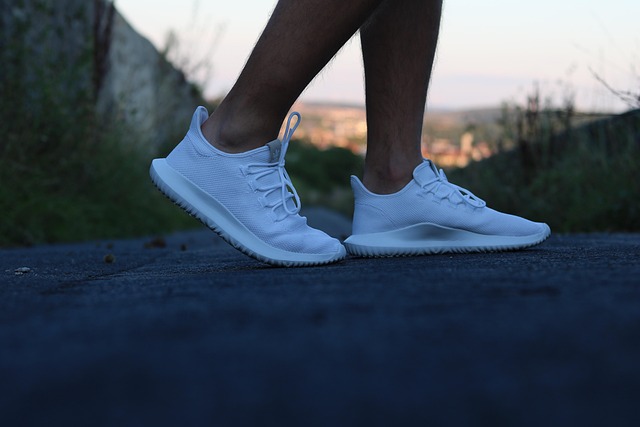
In the realm of minimalist web design, color palettes play a pivotal role in setting the tone and atmosphere of a website. One of the prominent trends in the latest web design trends is the embrace of monochromatic and neutral themes. Monochromatic designs, which utilize different shades, tints, and tones of a single color, offer a clean and sophisticated aesthetic. This approach not only simplifies the visual experience but also enhances readability, making it ideal for content-heavy websites.
Neutral color palettes, featuring shades like beige, gray, white, and black, continue to be popular choices in minimalist web design. These colors provide a sense of calm and balance, allowing the focus to remain on the content and key elements of the website. By adhering to these latest web design trends, designers are able to create visually appealing and user-friendly interfaces that prioritize simplicity and functionality.
Visual Hierarchy: Guiding Users with Less is More Approach
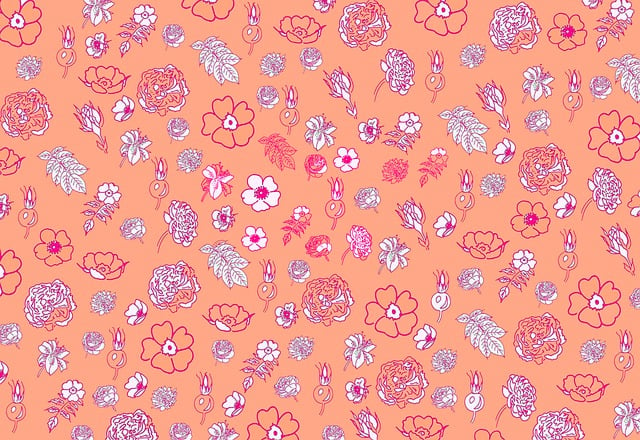
In the latest web design trends, creating a visual hierarchy that guides users through a website is achieved with a refined “less is more” approach. By prioritizing content and elements based on their importance, designers can lead users’ eyes naturally to key information. This strategy not only enhances usability but also contributes to a cleaner, more minimalist aesthetic. Through strategic placement of headlines, visuals, and calls-to-action, each element becomes a guidepost in a seamless user journey.
This minimalistic approach doesn’t mean stripping down the design; instead, it involves careful selection and arrangement. By eliminating unnecessary distractions, the focus shifts to what truly matters—the core message and functionality. As a result, users can navigate with ease, making interactions more intuitive and enjoyable, while also aligning with current trends that favor simplicity and clarity in web design.
Microinteractions: Adding Subtle Life to Static Elements

In the realm of minimalist web design, microinteractions play a pivotal role in enhancing user experiences. These subtle animations and transitions add a layer of life to what might otherwise appear static on the screen. By incorporating microinteractions, designers can guide users through interfaces more intuitively, providing visual cues that make navigation feel seamless and engaging. This approach is not only aesthetically pleasing but also aligns with the latest web design trends that prioritize simplicity and user satisfaction.
In today’s digital era, where folks are constantly bombarded with information, minimalist designs with strategic microinteractions help capture attention and foster better interactions. These subtle effects can include hover effects, animations when forms are filled out, or even simple feedback upon button clicks. Such elements not only bring a sense of refinement to the user interface but also contribute to creating an immersive experience that stands out among the latest web design trends.
Responsive Design: Adapting Minimalist Esthetics Across Devices
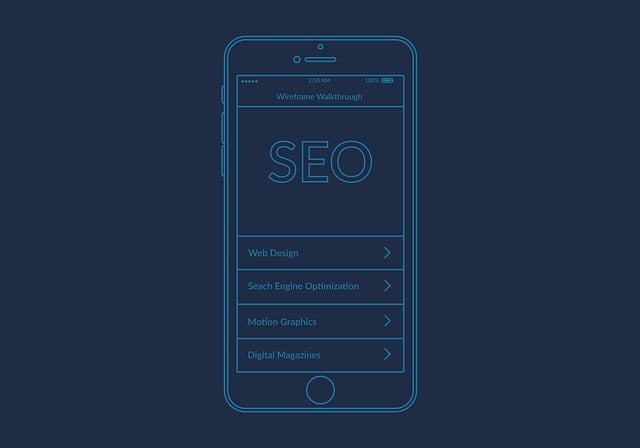
In the realm of minimalist web design, responsive design is a game-changer that adapts esthetics seamlessly across various devices. As users increasingly access websites on smartphones and tablets, this trend ensures a consistent, clean look while optimizing content for smaller screens. The latest web design trends emphasize simplicity and functionality, making responsive design an integral part of creating user-friendly interfaces.
By employing flexible layouts, scalable images, and media queries, minimalist designers can craft visually appealing sites that maintain their essence on different platforms. This approach not only caters to the diverse needs of modern users but also aligns with the latest web design trends, focusing on accessibility, speed, and a seamless user experience regardless of device size or orientation.
Accessibility Considerations for Clean and Simple Interfaces
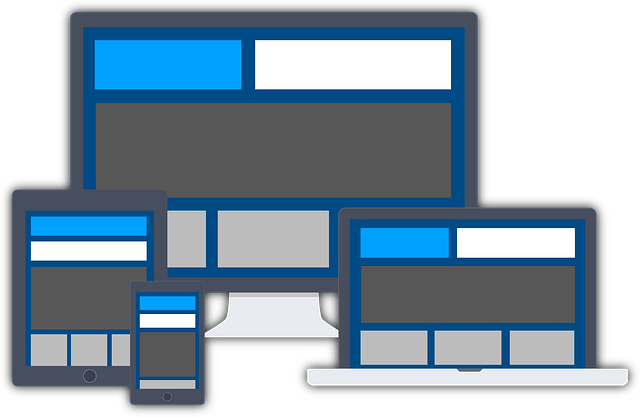
In the realm of minimalist web design, achieving a clean and simple interface is paramount, but it’s crucial to remember that aesthetics should never compromise accessibility. As the latest web design trends lean towards pared-down aesthetics, designers must ensure that websites remain usable for all users, including those with disabilities. This involves thoughtful consideration of color contrast ratios, font sizes, and keyboard navigability—elementary practices that underpin inclusive design principles.
By implementing these accessibility considerations, minimalist designs can offer an enhanced user experience for everyone. Clean interfaces allow for better focus on content and functionality, making sites feel more intuitive and efficient. Moreover, simple navigation aids users in quickly finding their desired information or performing tasks, thereby improving overall site usability and promoting digital inclusivity.
The Impact of Minimalism: Enhancing Functionality and User Engagement
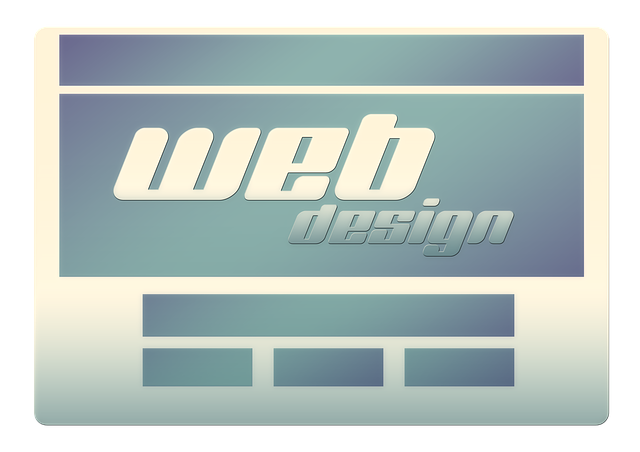
Minimalist web design, as one of the latest web design trends, is transforming digital experiences with its focus on simplicity and functionality. By stripping away unnecessary elements, designers create clean interfaces that enhance user engagement. This approach allows users to effortlessly navigate websites, improving overall usability and accessibility.
The impact extends beyond aesthetics; minimalism optimizes content delivery, ensuring that each element serves a purpose. As a result, websites become more responsive and efficient, capturing and retaining user attention effectively. In the fast-paced digital landscape, this trend is reshaping how users interact with online platforms, making functionality and engagement the heart of modern web design experiences.
